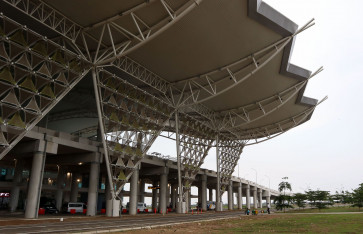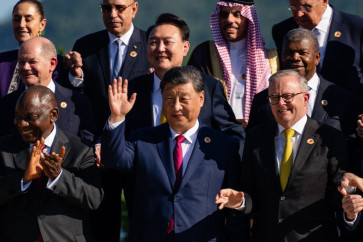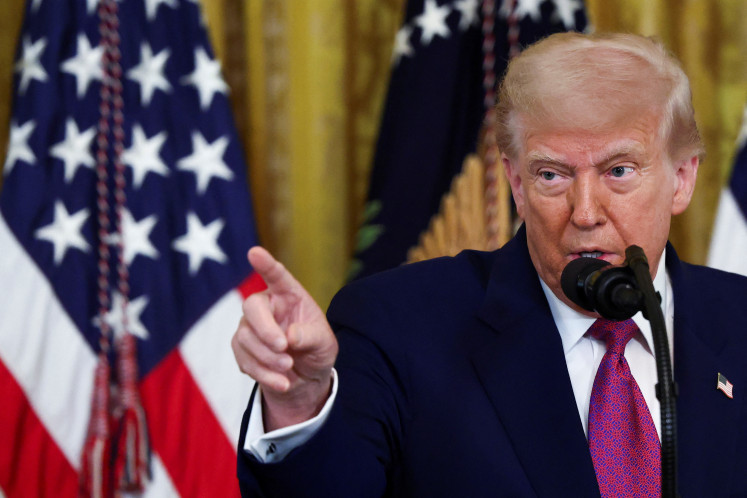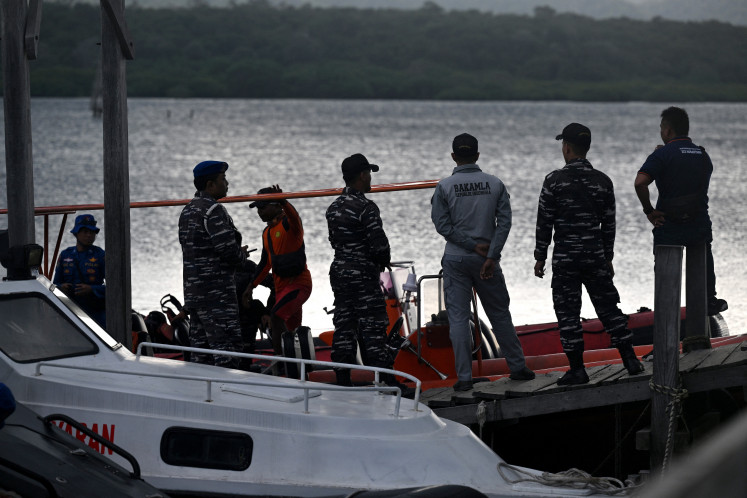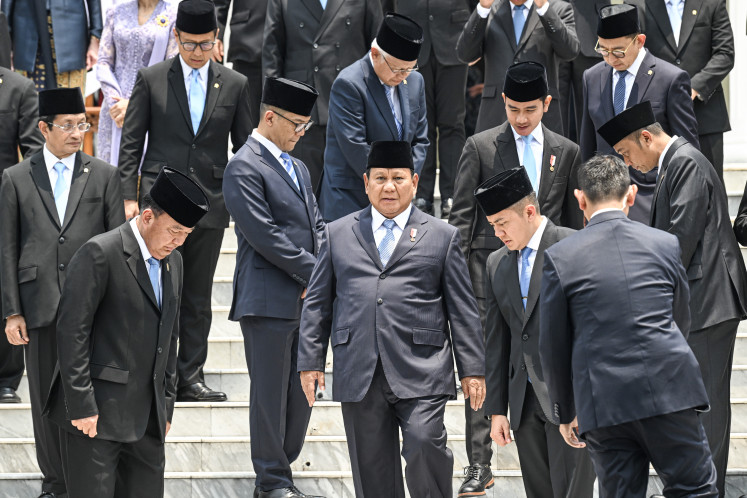Popular Reads
Top Results
Can't find what you're looking for?
View all search resultsPopular Reads
Top Results
Can't find what you're looking for?
View all search resultsIndonesia was inspiration for Thailand’s modernization, says Thai author
JP/Sebastian PartogiThe relationship between Thailand and Indonesia has in fact gone back a long way, dating back to 1871, when King Chulalongkorn (1853–1910), or King Rama V, went to the island of Java to learn about modernization in Batavia (now Jakarta) under the Dutch colonial regime in a mission to create industrial reform in Siam (now Thailand)
Change text size
Gift Premium Articles
to Anyone
JP/Sebastian Partogi
The relationship between Thailand and Indonesia has in fact gone back a long way, dating back to 1871, when King Chulalongkorn (1853–1910), or King Rama V, went to the island of Java to learn about modernization in Batavia (now Jakarta) under the Dutch colonial regime in a mission to create industrial reform in Siam (now Thailand).
The king believed that such reform was necessary to boost the prosperity of its people, thereby bolstering the resilience of its society.
This part of both countries’ history, which is not included in Indonesia’s school history textbooks, is recorded in a book called Journeys to Java by a Siamese King written by Thai linguist Imtip Pattajoti Suharto. The book was published for the first time in 2001 by the Bandung Institute of Technology (ITB) press and was reprinted again by Pattajoti in 2012.
Pattajoti has moved to Bandung, West Java, and has lived there since 1978 since she married her husband Djoko Suharto, who works as an ITB professor.
“We believe that Siam got modernized after the king came to Java in three trips in 1871, 1896 and 1901, because at that time Java had already been modernized and very advanced in terms of industrial infrastructure and administration. Therefore, he wanted to learn how the Dutch had built Java,” Pattajoti told The Jakarta Post in a recent interview in Bandung.
Pattajoti said that she had read various books, sources and newspaper clippings available across Indonesia, Thailand and Singapore in a research process that took two years from 2000 to 2001. The book was sponsored by Thailand’s Ministry of Foreign Affairs and the Royal Thai Embassy in Jakarta.
“First, I went to the National Library of Thailand in Bangkok to find books based on the king’s diary that contained information on his trips to Java. Because of incorrect pronunciation of a local European guide that accompanied the king in his Java visit, the spelling of the Javanese cities is not written accurately in these books. For instance, Cianjur [in West Java], is written as Janyor,” she said.
The misspelling due to the local guide’s inaccurate pronunciation made it difficult for Pattajoti to identify the exact sites in Java that the king visited during his trips.
“So in 2001 I went to Singapore to find clippings from The Straits Times newspaper [established in 1845] to find reports on the king’s visit. Fortunately, the reporter who covered the visits was able to spell the names of the sites accurately in his reports,” she said.
According to Pattajoti, Thailand had never been colonized by other foreign countries and it had to learn about agricultural reform. Rama V had to learn from the best practices implemented by the Dutch colonialists who ruled Java at the time during a fascinating time in both countries’ histories.
Historian JJ Rizal said in an interview that colonialism was a highly complex subject matter. First of all, colonialism would never happen without the help of a particular region’s local rulers. Secondly, although colonialism practices were marked by subjugation and exploitation, it had actually contributed to colonized countries – including Indonesia – in introducing a modern industrial society.
“At that time, Siam was bordered by areas that were colonized by Europeans: the French on the East and the British on the West and also down South. Although colonists from both countries ultimately took several of Siam’s protectorates: namely Cambodia and Laos by France as well as Malaysia by the British, we have never been colonized by anybody,” she explained.
“We were lucky because we only had one king and Thailand was relatively small; unlike Indonesia, we didn’t have spices, which might have attracted colonialists to come and invade our land,” she said, adding that the fact that the land had only one king helped it to avoid conflicts of power and interest among different rulers, which could be exploited by the Europeans as an entry point to influence locals, like what they did in Indonesia.
Furthermore, she said that the Thai king believed deeply in the importance of maintaining its regional sovereignty. King Rama V once said “I realize that whenever the sovereignty of Siam ends, my life would end as well.”
According to Pattajoti, Thai kings also lived their life according to the dharma (virtues) that leaders must follow, including sacrificing their own happiness to take care of their people. These virtues also cemented Thai kings’ determination to resist foreign colonialists at all times.
Pattajoti said Indonesia’s mass transportation system was something major that the king learned about during his three trips to Indonesia between 1871 and 1901.
“He saw how the Dutch had a newly built railway system in Central Java and afterward he went to England to acquire [materials] to set up a similar system in Thailand. Bangkok was known to be ‘the Venice of the East’ and the reason was because we only had ships and boats to travel [before the king started building railways and roads there],” she explained, adding that, at around the same time, the king also built a main road in Bangkok leading to the Grand Palace.
“On his second trip, the king became interested in agriculture and he took some Javanese gardeners and construction workers to work in Bangkok. Currently, the migrant workers’ descendants are still living in Thailand, forming a kampung Jawa (Javanese village) community in Bangkok,” she explained.
Thailand and Indonesia continue to collaborate and learn from one another.


